The world of pet snakes is fascinating, with many enthusiasts gradually expanding their collections beyond a single serpent. As collections grow, the question of cohabitation inevitably arises – can multiple pet snakes live harmoniously in the same enclosure? This seemingly simple question has a complex answer that varies dramatically depending on species, sex, age, and individual temperament. While the idea of creating a naturalistic habitat with multiple snakes might seem appealing, there are serious considerations regarding safety, health, and welfare that every responsible snake owner should understand. This article explores the multifaceted topic of snake cohabitation, providing clear guidance for both novice and experienced keepers.
Understanding Snake Social Behavior
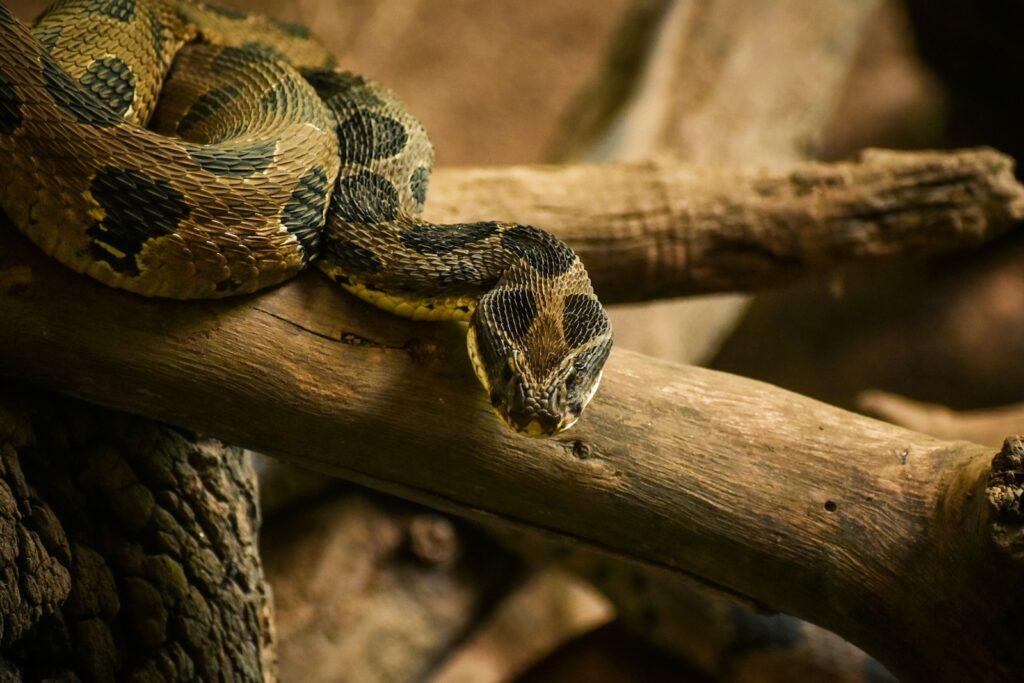
Unlike many mammals and some reptile species, most snakes are fundamentally solitary creatures that have not evolved complex social structures. In the wild, many snake species only come together for breeding purposes and otherwise maintain individual territories. This solitary nature is deeply ingrained in their behavioral patterns and physiological responses. When forced into close proximity outside of breeding seasons, many snakes experience chronic stress which can manifest in reduced feeding, compromised immune function, and behavioral problems. Their limbless bodies and predatory nature further complicate shared living arrangements, as they lack the expressive body language that helps many social animals navigate group dynamics. Understanding this biological reality forms the foundation for making informed decisions about housing arrangements.
The Risks of Cannibalism
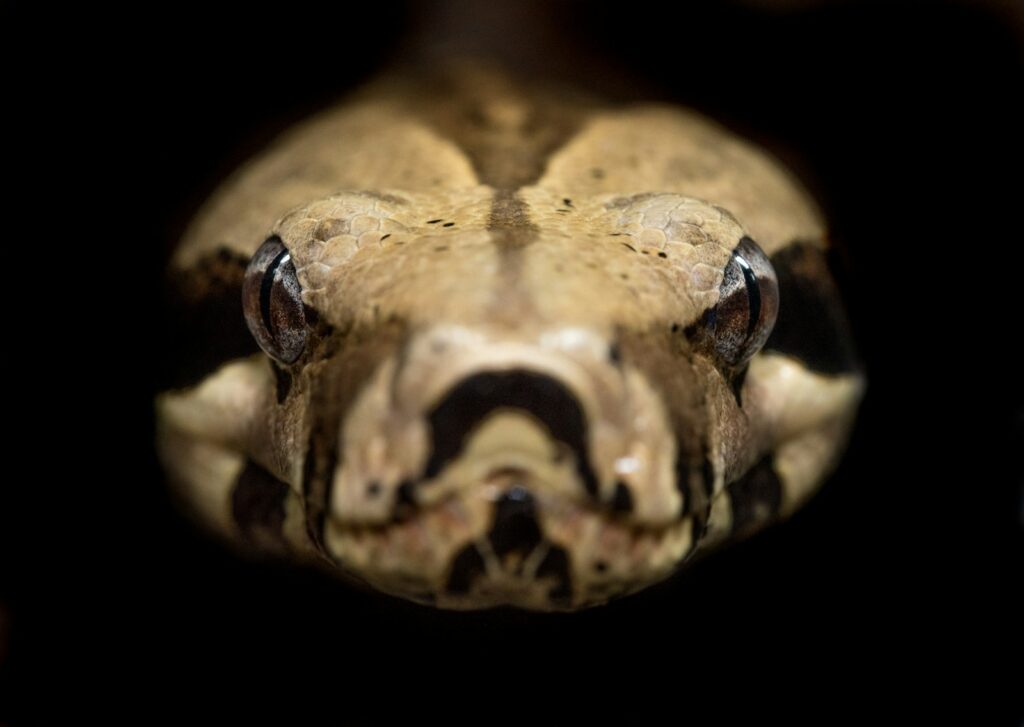
One of the most serious risks when housing multiple snakes together is cannibalism, which is surprisingly common among many snake species. This behavior isn’t simply about aggression – it’s often a natural feeding response when one snake detects another as potential prey. Opportunistic feeding is particularly common in species like king snakes and milk snakes, which have evolved to prey on other serpents. Size disparities between cage mates significantly increase this risk, as larger snakes may not distinguish between a smaller snake and their usual prey items. Even species not typically known for ophiophagy (snake-eating) may attempt to consume cage mates if they detect feeding cues or if one snake begins the process of swallowing prey and encounters another snake. These incidents can result in the death of one or both animals, making cannibalism one of the most compelling reasons to house snakes separately.
Competition for Resources
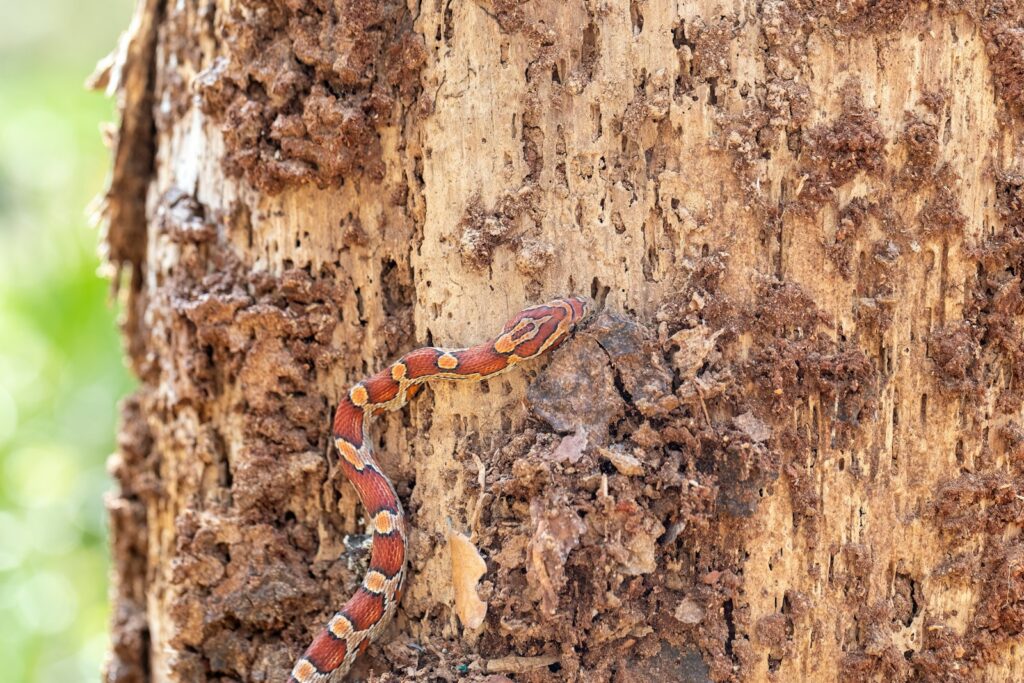
Even when direct aggression isn’t observed, snakes housed together inevitably compete for the limited resources within their enclosure. This competition centers around the most comfortable basking spots, preferred hiding places, and access to water. The thermal gradient necessary for proper thermoregulation becomes particularly contentious, as dominant individuals may monopolize the optimal temperature zones, forcing subordinate snakes into less ideal areas. This resource competition can create chronic stress conditions even when no obvious fighting occurs. During feeding, competition intensifies dramatically, potentially triggering defensive or aggressive behaviors as snakes compete for food items. Even with careful feeding management, dominant snakes may consistently outcompete their cage mates, leading to nutritional deficiencies in the less dominant individuals and potential overfeeding in the more aggressive ones.
Disease Transmission Concerns

Shared enclosures significantly increase the risk of disease transmission between snakes, creating potential health crises that can affect multiple animals simultaneously. Respiratory infections, which are relatively common in captive reptiles, can spread rapidly in shared spaces, especially if ventilation or temperature regulation is suboptimal. Parasitic infections, including mites, ticks, and internal parasites, transfer more easily between animals in close proximity, potentially creating heavier parasite loads than would affect solitary specimens. Particularly concerning is the transmission of inclusion body disease (IBD), a fatal viral condition affecting boas and pythons that can spread through direct contact and shared environments. For these health reasons, many experienced keepers maintain strict quarantine protocols for new animals and prefer individual housing as standard practice, rather than risking the spread of pathogens through a collection.
Species-Specific Considerations
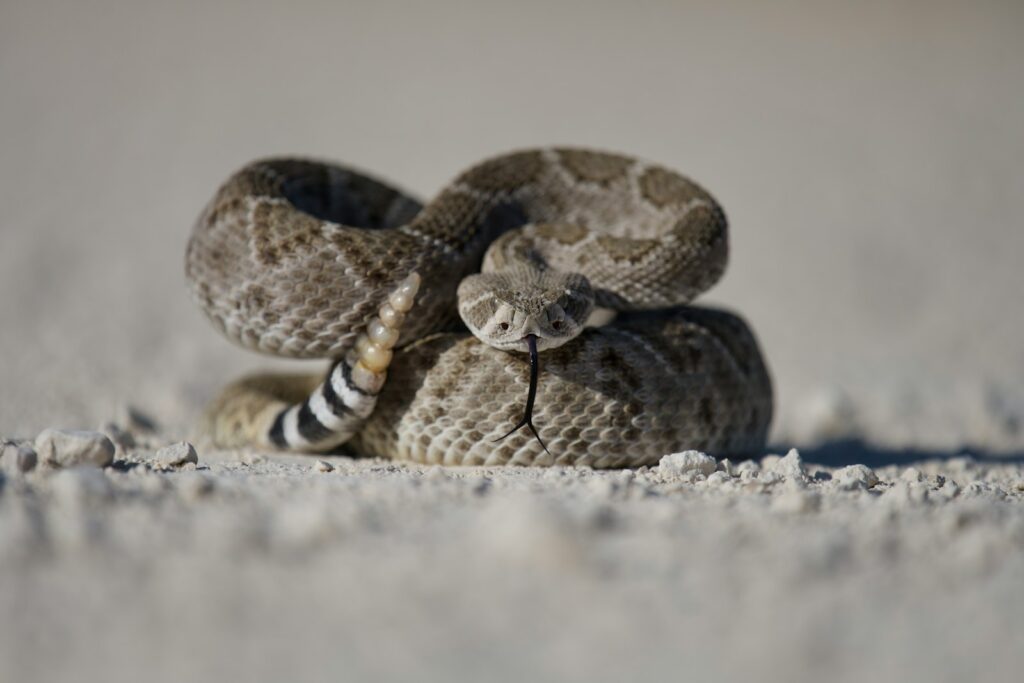
While most snake species are best housed individually, there are notable exceptions and variations in social tolerance among different snakes. Garter snakes (Thamnophis species) show some of the most social behaviors among serpents, often forming communal hibernacula in the wild and demonstrating higher tolerance for conspecifics in captivity. Certain rat snake species occasionally display limited social tolerance, though this varies significantly between individuals. In stark contrast, many highly territorial species like black mambas, king cobras, and various vipers should never be cohabitated due to their aggressive territorial behaviors. Ball pythons, despite their docile reputation with humans, often experience stress in shared enclosures, showing decreased feeding and activity. These species-specific tendencies must be thoroughly researched before considering any cohabitation arrangement, with the understanding that individual temperament may still override general species characteristics.
Size and Age Factors
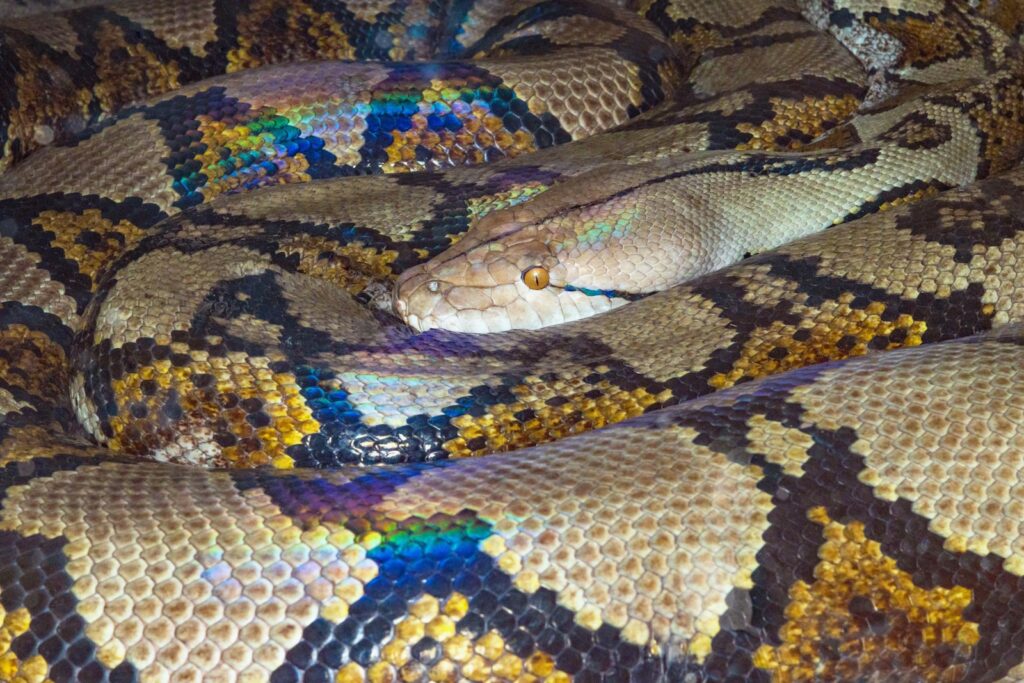
The relative size and age of snakes dramatically influence the viability and safety of cohabitation scenarios. Hatchlings from the same clutch sometimes tolerate each other better than unrelated individuals, though this tolerance typically diminishes as they mature and develop stronger territorial instincts. Housing snakes of significantly different sizes together presents serious risks, as larger individuals may view smaller ones as potential prey, particularly during feeding responses. Even similarly-sized adults can engage in dominance behaviors that result in stress or injury to subordinate individuals. Growth rates must also be considered, as snakes that start at similar sizes may develop significant disparities over time, potentially shifting the dynamics within the enclosure. For these reasons, temporary cohabitation of young specimens should always include a clear plan for separation as they mature and grow into their adult behaviors and size.
Breeding Considerations
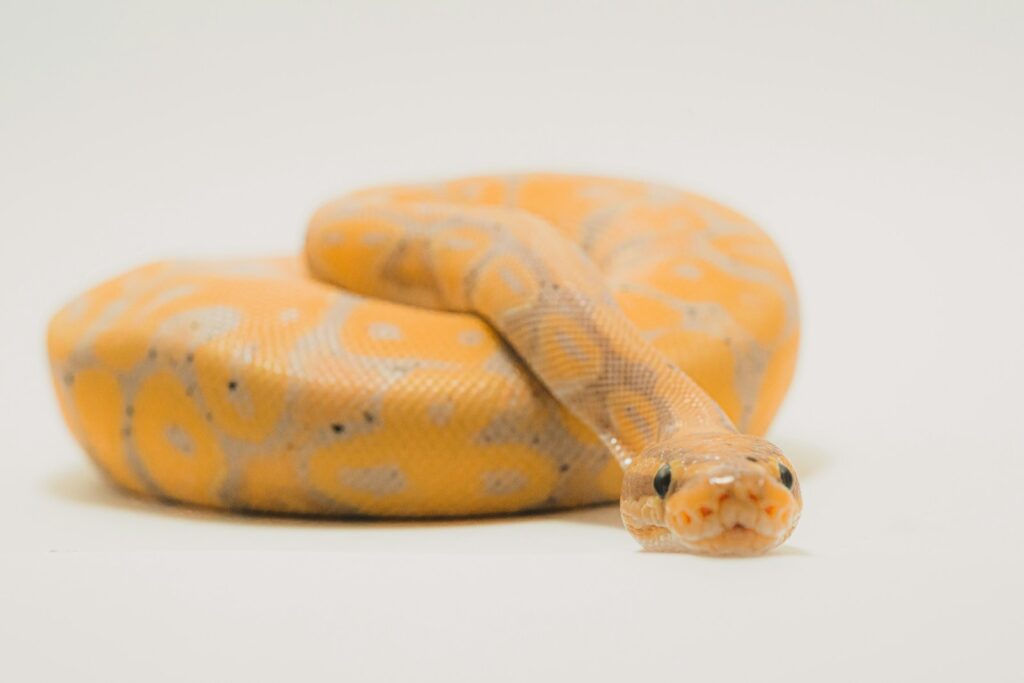
The most common legitimate reason for temporarily housing snakes together is for breeding purposes, though this requires careful management and monitoring. During breeding season, many species naturally overcome their solitary tendencies for reproductive purposes, though males may still combat for access to females. Proper breeding introductions should occur in neutral territory rather than in either snake’s established enclosure to reduce territorial responses. Timing is crucial, as females must be physiologically receptive, typically following a period of brumation (a reptilian form of hibernation) in many species. The cohabitation should be limited to the breeding period only, with animals separated once breeding behavior has been observed. Extended cohabitation for breeding purposes can lead to stress in females from persistent male attention or competition between multiple males, potentially compromising reproductive success and overall health.
Enclosure Design for Multiple Snakes

If cohabitation is attempted despite the risks, enclosure design becomes critically important for minimizing negative interactions. The habitat must be significantly larger than would be appropriate for a single specimen, with multiple distinct basking areas, water sources, and hiding spots provided for each inhabitant. Creating visual barriers within the enclosure helps reduce stress by allowing snakes to avoid constant visual contact with cage mates. Temperature gradients must be more expansive to prevent competition for optimal thermal zones, with multiple identical basking opportunities at the warm end. Substrate depth should be increased to allow for natural burrowing behaviors that can provide additional escape options. Even with these accommodations, close monitoring remains essential, as enclosure modifications cannot fully overcome the fundamental solitary nature of most snake species or eliminate the potential for aggression and resource competition.
Feeding Protocols for Cohabitated Snakes
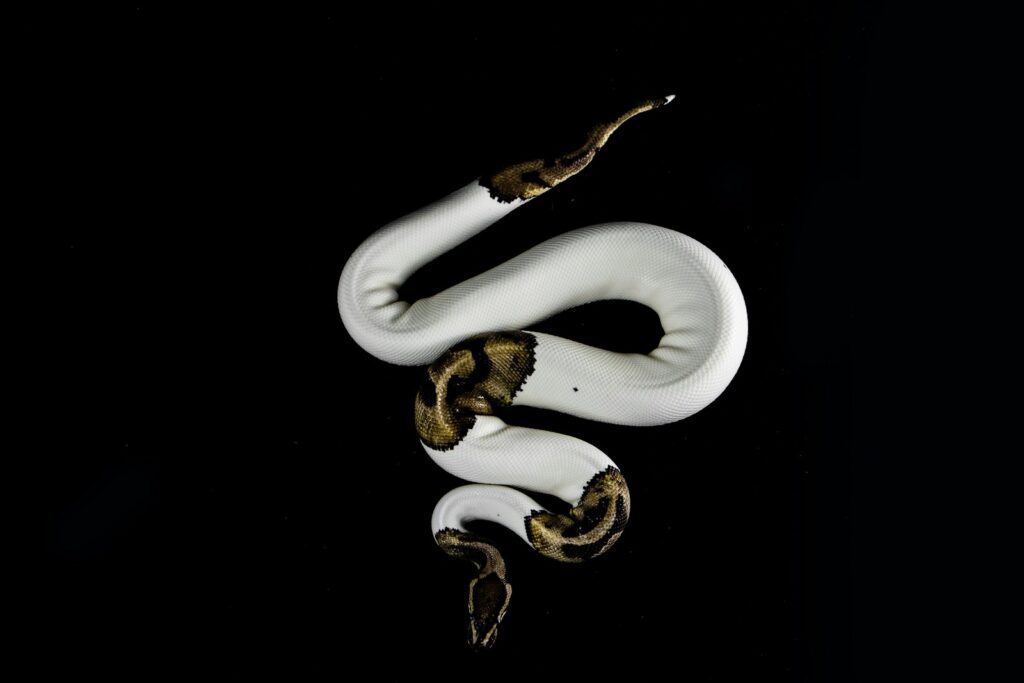
Feeding presents one of the most dangerous aspects of snake cohabitation, requiring careful management to prevent feeding-related aggression and accidental cannibalism. The safest approach involves temporarily separating snakes for feeding, placing each in a secure container until they have completely consumed their prey and begun the digestion process. If separation isn’t possible, feeding snakes in different areas of the enclosure simultaneously can reduce competition, though this requires vigilant monitoring to prevent conflicts. Using feeding tongs to direct prey items to specific individuals helps maintain control over the feeding process. Post-feeding aggression remains a serious concern, as the feeding response can persist after prey consumption, potentially triggering predatory behavior toward cage mates. For this reason, some keepers recommend a 24-48 hour separation period after feeding before reintroducing snakes to a shared enclosure, allowing feeding responses to fully subside.
Signs of Stress and Aggression
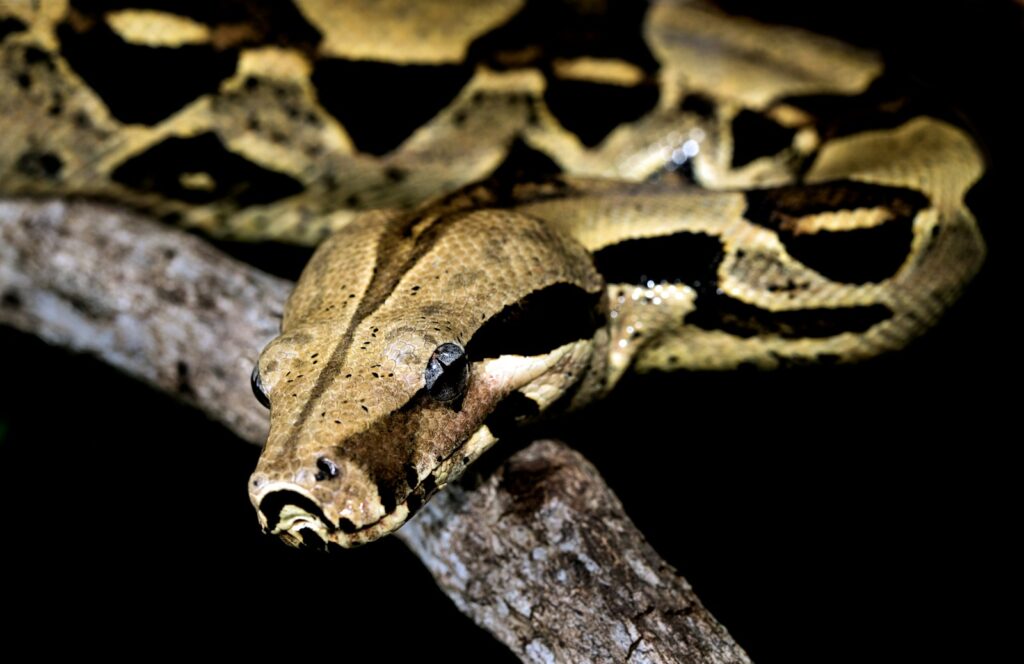
Recognizing signs of stress and aggression is essential when attempting snake cohabitation, as early intervention can prevent serious injury or death. Stress indicators include decreased appetite, increased defensive posturing, excessive hiding, abnormal shedding patterns, and reduced tongue-flicking exploration. More overt signs of conflict include physical confrontations, with snakes engaging in combat behaviors like intertwining and attempting to press each other’s heads down. In some species, particularly colubrids like corn snakes, stress may manifest as constant movement along enclosure perimeters seeking escape routes. Weight loss despite regular feeding attempts suggests a snake isn’t thriving in a shared environment, even without visible confrontations. These indicators should prompt immediate separation, as chronic stress compromises immune function and overall health even when physical injuries aren’t apparent.
Ethical Considerations
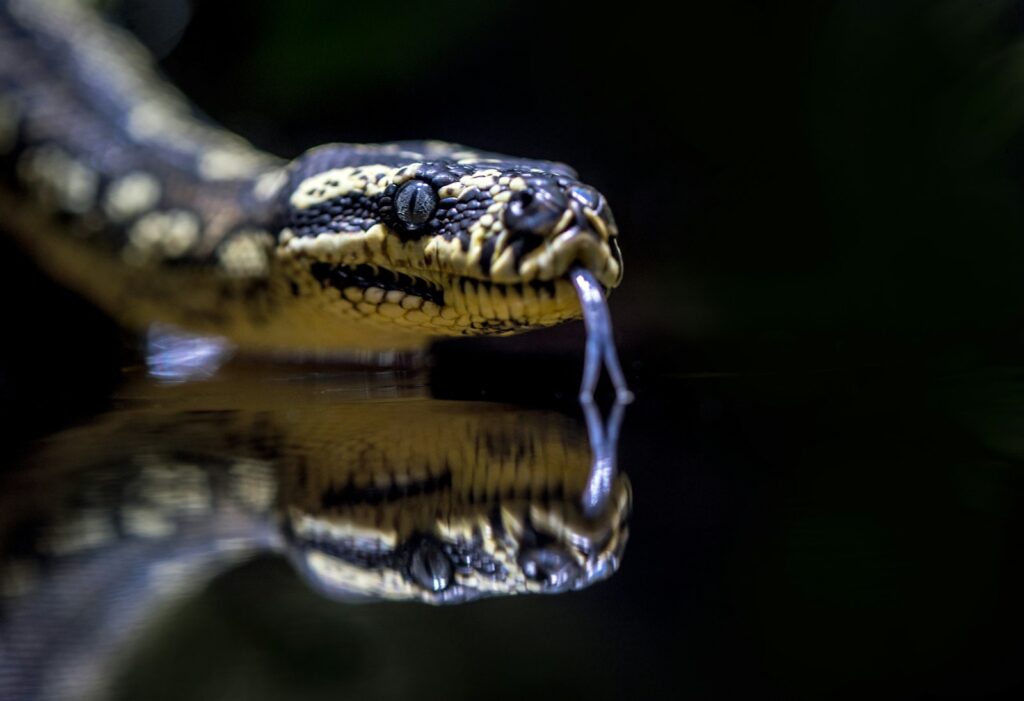
The ethics of snake cohabitation deserve serious consideration, balancing keeper convenience against animal welfare. While housing multiple snakes together may seem space-efficient or aesthetically pleasing, the potential negative impact on the animals’ quality of life raises ethical concerns. Forcing naturally solitary animals into constant proximity can be viewed as prioritizing human preferences over the animals’ biological needs. The reptile keeping community has increasingly emphasized species-appropriate husbandry that respects natural behaviors and minimizes stress. For most snake species, this ethical standard would favor individual housing that allows for natural behaviors and stress-free environments. Responsible snake keeping involves acknowledging that what appears harmonious to human observers may still involve chronic stress for the animals, even when overt aggression isn’t observed, reinforcing the ethical principle that animal welfare should guide housing decisions.
Alternatives to Cohabitation
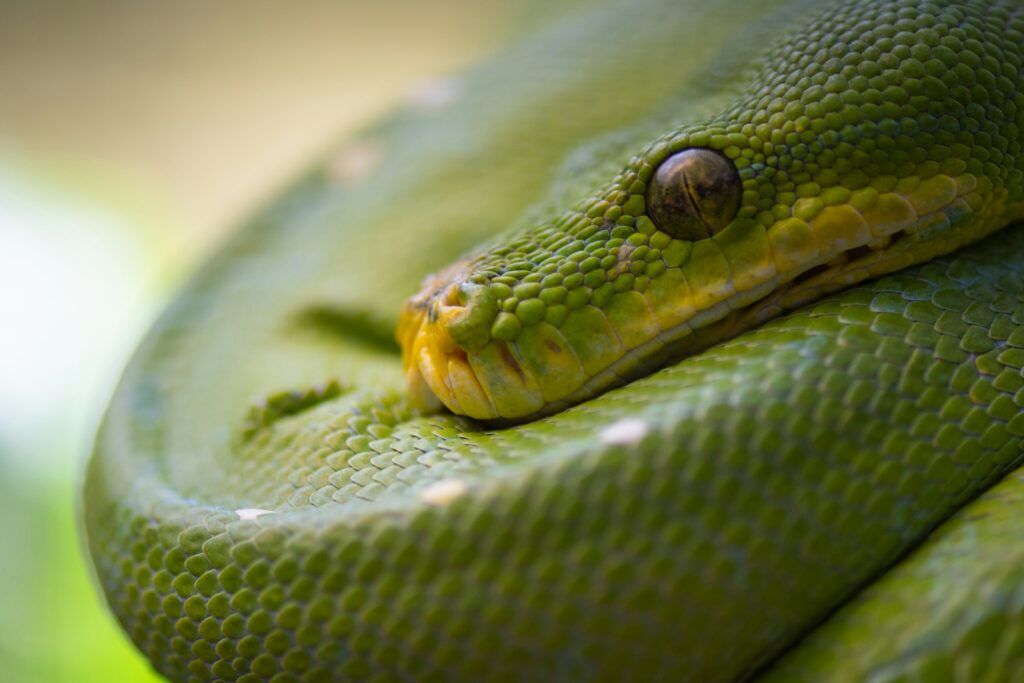
For keepers interested in the visual appeal of multiple snakes but concerned about cohabitation risks, several alternatives provide safer options. Divided enclosures with secure partitions allow visual contact while preventing physical interaction, creating the appearance of cohabitation without the associated risks. Stackable individual enclosures with similar decorative themes provide collection cohesion while maintaining separate spaces. Some keepers create elaborate display walls with multiple individual enclosures arranged to create an impressive visual presentation. For those primarily concerned with space efficiency, rack systems specifically designed for reptiles house multiple snakes in appropriate individual accommodations within a compact footprint. These alternatives acknowledge the solitary nature of most snake species while satisfying the keeper’s desire for an impressive display or efficient use of space.
Expert Recommendations
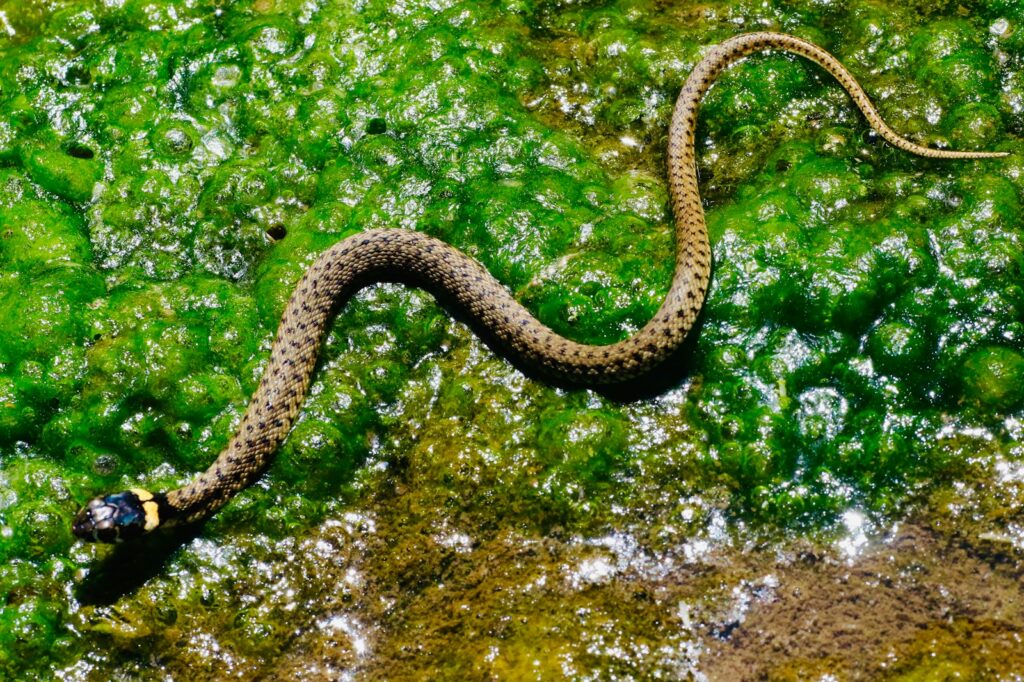
The overwhelming consensus among herpetologists, veterinarians specializing in exotic animals, and experienced snake keepers is that individual housing represents the safest and most appropriate option for most pet snakes. This recommendation appears consistently in scientific literature on reptile welfare and in husbandry guidelines published by major herpetological organizations. While acknowledging limited exceptions for certain species under specific circumstances, experts emphasize that the risks of cohabitation nearly always outweigh potential benefits. Professional breeders who may temporarily house snakes together for reproduction typically maintain individual enclosures as their standard practice outside breeding seasons. These expert recommendations stem from both scientific understanding of snake behavior and decades of collective experience observing the outcomes of various housing arrangements, providing a reliable foundation for housing decisions that prioritize snake welfare and longevity.
In conclusion, while the idea of housing multiple snakes together might seem appealing, the evidence overwhelmingly suggests that for most species and situations, individual housing provides the safest and most appropriate environment. The naturally solitary nature of most snake species, combined with risks of cannibalism, resource competition, and disease transmission, creates a compelling case for separate enclosures. The few exceptions—primarily involving garter snakes or temporary breeding arrangements—require extensive knowledge, careful monitoring, and appropriate contingency plans. As our understanding of reptile welfare continues to evolve, the reptile-keeping community increasingly emphasizes species-appropriate husbandry that respects natural behaviors and minimizes stress. For the vast majority of pet snake situations, this means providing each animal with its own secure, appropriately-sized enclosure where it can thrive without the complications of navigating serpentine social dynamics for which nature has not equipped them.





